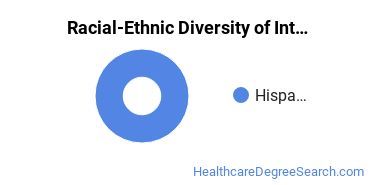International Training Careers Healthcare Programs
International Training Careers is a private not-for-profit institution situated in Miami, Florida. Miami is a good match for students who enjoy the safety and convenience of the suburbs.
Featured schools near , edit
Where Is International Training Careers?

Contact details for International Training Careers are given below.
| Contact Details | |
|---|---|
| Address: | 7360 Sw 24Th Street Suite 31, Miami, FL 33155 |
| Phone: | 305-263-9696 |
| Website: | tufuturovale.com |
How Do I Get Into International Training Careers?
You can apply to International Training Careers online at: tufuturovale.com/spa/
Can I Afford International Training Careers?
Student Loan Debt
It's not uncommon for college students to take out loans to pay for school. In fact, almost 66% of students nationwide depend at least partially on loans. At International Training Careers, approximately 99% of students took out student loans averaging $8,588 a year. That adds up to $34,352 over four years for those students.
International Training Careers Undergraduate Student Diversity
Racial-Ethnic Diversity
The racial-ethnic breakdown of International Training Careers students is as follows.

| Race/Ethnicity | Number of Grads |
|---|---|
| Asian | 0 |
| Black or African American | 0 |
| Hispanic or Latino | 21 |
| White | 0 |
| International Students | 0 |
| Other Races/Ethnicities | 0 |
International Training Careers Healthcare Concentrations
The table below shows the number of awards for each concentration.
| Major | Basic Certificate | TOTAL |
|---|---|---|
| Nursing Assistant/Aide and Patient Care Assistant/Aide | 42 | 42 |
| TOTAL | 42 | 42 |
References
*The racial-ethnic minorities count is calculated by taking the total number of students and subtracting white students, international students, and students whose race/ethnicity was unknown. This number is then divided by the total number of students at the school to obtain the racial-ethnic minorities percentage.
More about our data sources and methodologies.
